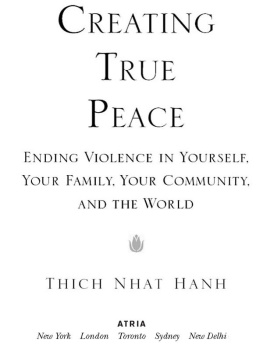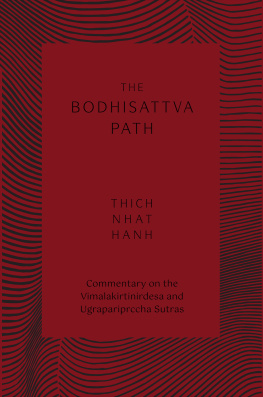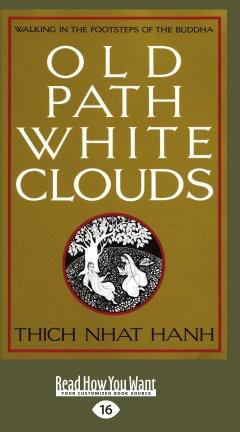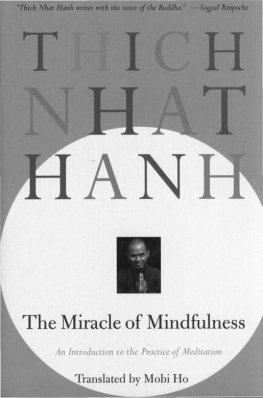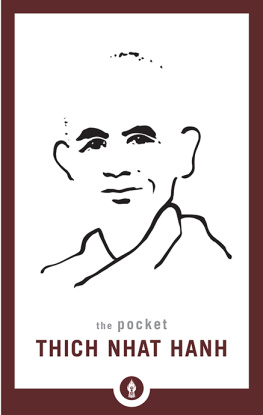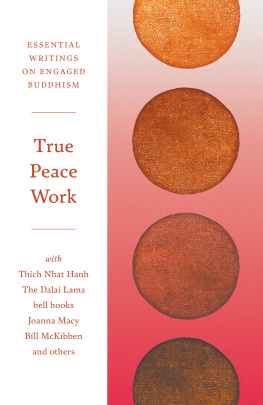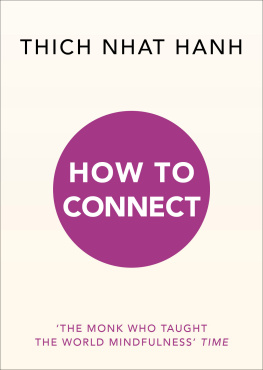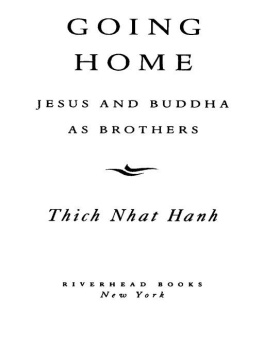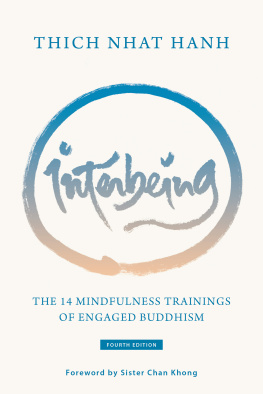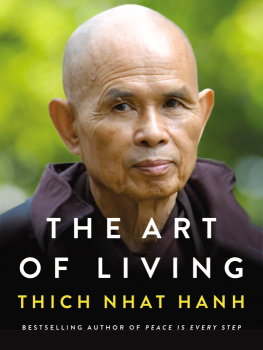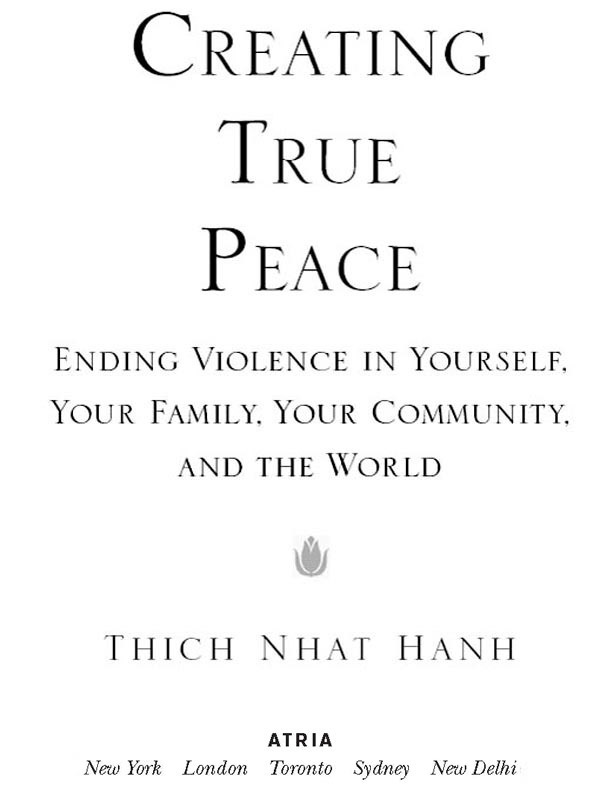Thich Nhat Hanh - Creating True Peace: Ending Violence in Yourself, Your Family, Your Community, and the World
Here you can read online Thich Nhat Hanh - Creating True Peace: Ending Violence in Yourself, Your Family, Your Community, and the World full text of the book (entire story) in english for free. Download pdf and epub, get meaning, cover and reviews about this ebook. year: 2003, publisher: Atria Books, genre: Religion. Description of the work, (preface) as well as reviews are available. Best literature library LitArk.com created for fans of good reading and offers a wide selection of genres:
Romance novel
Science fiction
Adventure
Detective
Science
History
Home and family
Prose
Art
Politics
Computer
Non-fiction
Religion
Business
Children
Humor
Choose a favorite category and find really read worthwhile books. Enjoy immersion in the world of imagination, feel the emotions of the characters or learn something new for yourself, make an fascinating discovery.
- Book:Creating True Peace: Ending Violence in Yourself, Your Family, Your Community, and the World
- Author:
- Publisher:Atria Books
- Genre:
- Year:2003
- Rating:4 / 5
- Favourites:Add to favourites
- Your mark:
Creating True Peace: Ending Violence in Yourself, Your Family, Your Community, and the World: summary, description and annotation
We offer to read an annotation, description, summary or preface (depends on what the author of the book "Creating True Peace: Ending Violence in Yourself, Your Family, Your Community, and the World" wrote himself). If you haven't found the necessary information about the book — write in the comments, we will try to find it.
As a world-renowned writer, scholar, spiritual leader, and Zen Buddhist monk, Thich Nhat Hanh was one of the most visible, revered activists for peace and Engaged Buddhismthe practice he created that combines mindful living and social action. Having lived through two wars in his native Vietnam, he works to prevent conflict of all kinds from the internal violence of individual thoughts to interpersonal and international aggression.
Now, in perhaps his most important work, Thich Nhat Hanh uses a beautiful blend of visionary insight, inspiring stories of peacemaking, and a combination of meditation practices and instruction to show us how to take Right Action. A book for people of all faiths, it is a magnum opusa compendium of peace practices that can help anyone practice nonviolent thought and behavior, even in the midst of world upheaval.
More than any of his previous books, Creating True Peace tells stories of Thich Nhat Hanh and his students practicing peace during wartime. These demonstrate that violence is an outmoded response we can no longer afford. The simple, but powerful daily actions and everyday interactions that Thich Nhat Hanh recommends can root out violence where it lives in our hearts and minds and help us discover the power to create peace at every level of lifepersonal, family, neighborhood, community, state, nation, and world.
Whether dealing with extreme emotions and challenging situations or managing interpersonal and international conflicts, Thich Nhat Hanh relied on the 2,600-year-old traditional wisdom and scholarship of the Buddha, as well as other great scriptures. He teaches us to look more deeply into our thoughts and lives so that we can know what to do and what not to do to transform them into something better. With a combination of courage, sweetness, and candor, he tells us that we can make a difference; we are not helpless; we can create peace here and now. Creating True Peace shows us how.
Thich Nhat Hanh: author's other books
Who wrote Creating True Peace: Ending Violence in Yourself, Your Family, Your Community, and the World? Find out the surname, the name of the author of the book and a list of all author's works by series.

